art SpaceX Falcon 9 landing burn
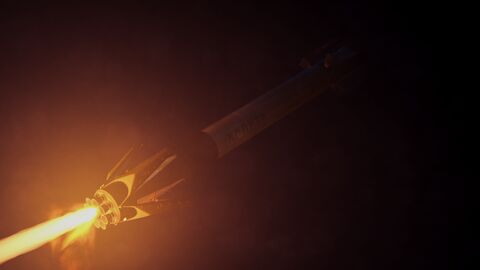

 Visit project
Visit project
This is a 3D model of the SpaceX BFR spacecraft.
On May 2, 2017, Tom Mueller, propulsion CTO at SpaceX, conducted a speech/interview with some members of the New York University Astronomy Society. This was streamed live on Twitch; I’ve transcribed it with the help of u/dansemacabred2, u/jclishman, and u/Zucal. Many thanks!
Check out the interview on twitch.tv, and the post in the SpaceX subreddit.
Read more (38 min)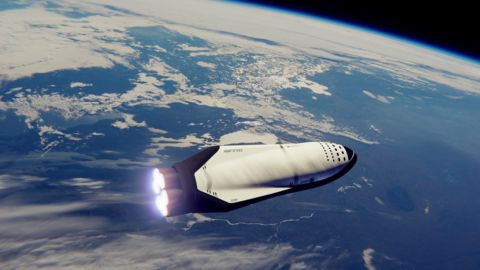
This piece shows the SpaceX Interplanetary Transportation System Mars lander performing the trans-Mars injection burn that marks the beginning of its coast to Mars.
Read more (3 min)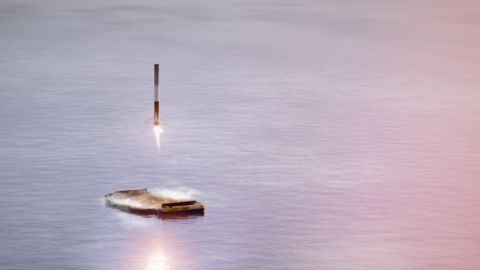
My rendition of a Falcon 9 booster landing on Of Course I Still Love You, SpaceX’s East coast droneship. This is a triple-engine landing burn; while SpaceX hasn’t performed a triple-engine landing burn since JCSAT-16, very heavy GTO payloads at the edge of Falcon 9’s capability may require triple-engine landing burns in the future.
Read more (1 min)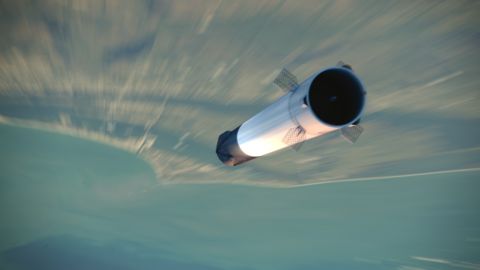
My rendition of a Falcon 9 booster returning to Earth after a launch. The four grid fins are guiding it towards its landing pad as it hurtles downwards at supersonic velocities.
In this image, the Falcon 9 is at about 40km in altitude (with entry burn shutdown having occured seconds earlier) and is less than thirty seconds from the start of the landing burn.
Read more (1 min)Like all launch vehicles, SpaceX’s Falcon 9 is a marvel of engineering. It starts out at the launchpad, and in less than nine minutes, the second stage (and payload) have reached orbit and are now travelling at over 7500 meters per second (equivalent to a sea-level speed of Mach 22.) That’s really, really fast. And it’s something that every single launch vehicle must do to bring its payload into orbit.
Here’s a very short tl;dr:
Rocket engineers have spent decades trying to make launch vehicles lighter. The original Atlas ICBM used balloon tanks; unlike a stiff internal framework of stringers underneath a metal skin, balloon tanks employ the pressurization of the tanks to maintain their shape. This makes for a very lightweight tank; however, it’s difficult to build and transport (as it must be pressurized at all times.)
The Falcon 9, though, is a bit different.
 Visit project
Visit project
This is a 3D model of the SpaceX Falcon 9 rocket along with the Dragon 2 capsule. The Falcon 9 is in its landed configuration (but with the soot mysteriously washed off) and the Dragon 2 is in launch configuration (except for, you know, the “being on the rocket” part.)
Read more (2 min) Direct link
Direct link
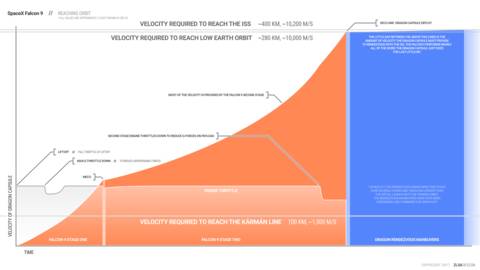
This is a visualization of how much velocity the SpaceX Dragon capsule gains from the SpaceX Falcon 9 booster during a launch to the ISS.
Read more (1 min)